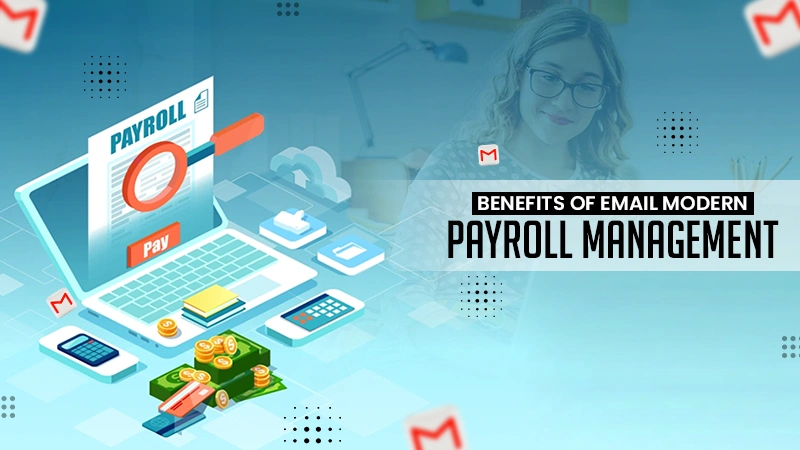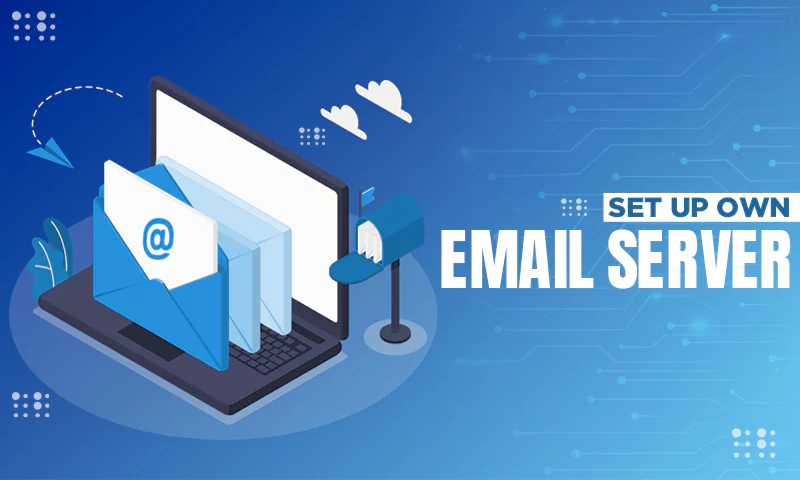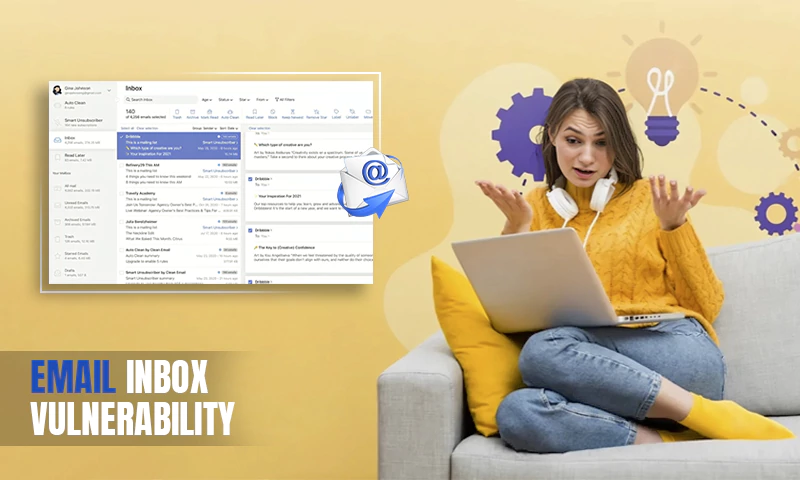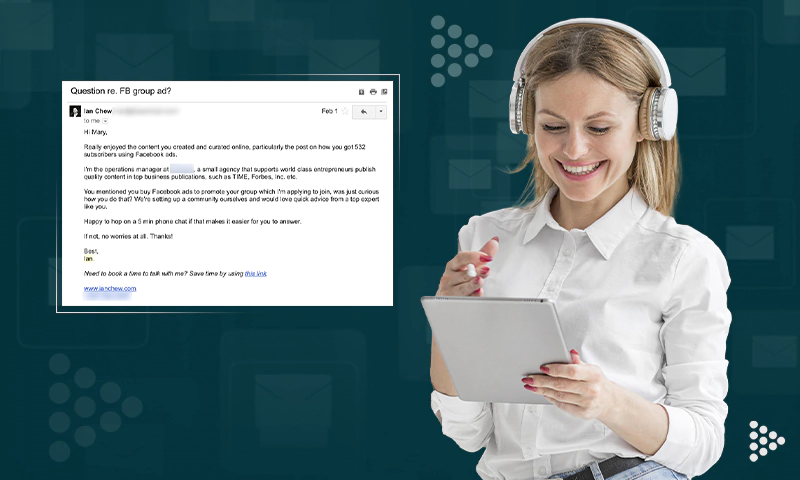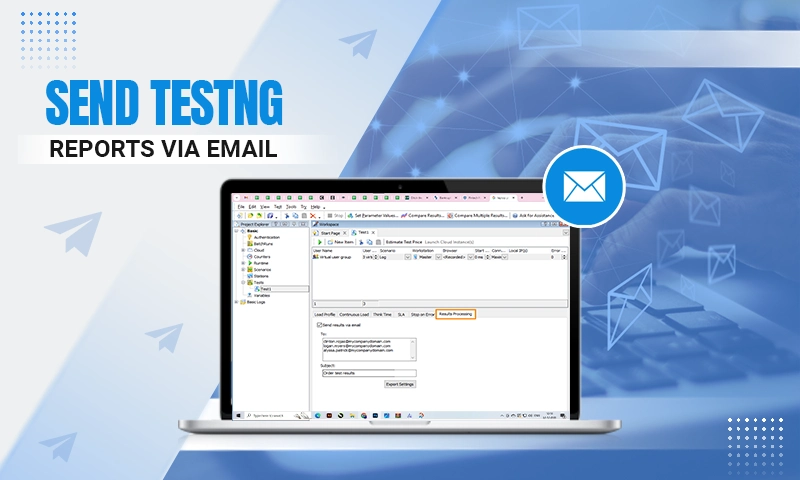Email Marketing Interview Questions and Answers
Marketing via email is the most underappreciated aspect of digital marketing. Rather than providing helpful information to potential consumers, corporate emails cause annoyances that send them straight to the spam bin instead of forwarding them. Due to recent technological developments in social media sites, emails have been buried under a mountain of new applications.
In case you are conducting interviews with potential email marketers, here are a few questions you should consider asking them.
Technicalities
How Many Emails to Send to Customers?
Sending emails twice or thrice a month will leave you with enough time over the course of messages to keep you from becoming irritated and allow you to focus on your prospective customer according to their benefit; however, sending messages four times a month will provide you with consistency week after week.
You can also increase the frequency with which messages are sent; however, you must keep a close eye on the open and withdrawal rates of each message. If you notice a decline in interaction, you should have a plan in place to reduce your email-sending frequency.
When is the Most Appropriate Time to Send Emails?
There is no one-size-fits-all approach here. In fact, the time that works best for one brand may not yield the desired results for another. Remember that such days and hours are responsible for the majority of unsubscribes and bounces as well as other problems.
The best thing to do is experiment with multiple days and hours to determine the ideal time to communicate with your target audience, keeping in mind that every individual, email list, and receiver is different.
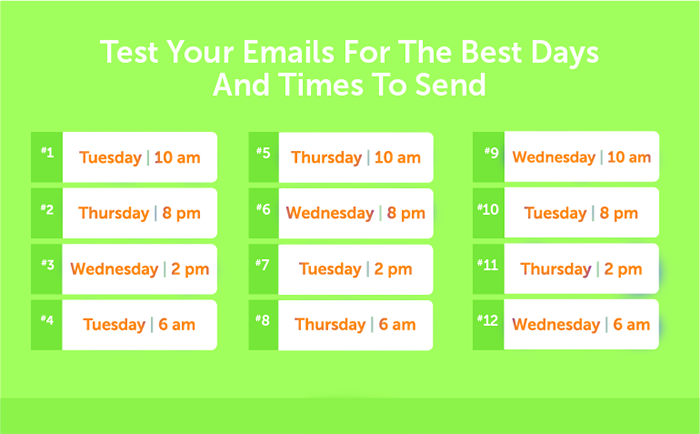
What is the Difference Between a Hard and a Soft Bounce Email?
An email bounce happens when an email is unable to be sent to the email address that was specified in the sender’s address.
Hard Bounce: This hard bounce can be defined as an email that returns to the sender due to a permanent delivery failure. An inaccurate or invalid email address, an outdated domain, or other factors might be to blame.
Soft Bounce: This is an email that fails to deliver due to a momentary delivery problem. A momentary problem with the recipient’s server, such as a full inbox or an invalid email address, might be the cause of this error message.
Can You Name Some Rules And Regulations That Apply to Email Marketing?
The CAN-SPAM ACT defines regulations for commercial email, specifies standards for commercial messages, provides recipients with the opportunity to request that you cease emailing them, and outlines harsh consequences for those who violate the laws. On the Federal Trade Commission’s website, we can see all of the criteria, as well as some sample language.
What is the Purpose of an Email Header?
The email header is the first portion of an email message that is received. It comprises mandatory information such as the topic of the email, the sender’s name, and the date, among other things. Subject and CC are optional headers that are used quite often in email messages. When an email is forwarded, the date, time, and topic are included in the email’s headers, along with the content of the message.
Describe the Concept of Segmentation in Email Marketing.
Segmentation is a process of dividing your customer base into groups in order to send emails to the people who are most interested in them.
There are a plethora of ways to segment your client base, starting with something as straightforward as RFM:
- The time period
- Frequency of how often a purchase happens
- The monetary value
Deliverability
The Terms “Delivery” And “Deliverability” – What is the Difference?
Other people believe that the terms “delivery rate” and “deliverability rate” are synonymous. This is a common misunderstanding.
The proportion of emails that have been accepted by the internet service provider’s (ISP) servers and have not been returned as a hard or soft bounce is measured by the delivery metric.
Deliverability relates to the capability of a genuine email to reach its intended recipients’ inboxes without being intercepted by spam filters. When it comes to this one, it is considerably more difficult to measure because ISPs do not provide a bounce notice to let senders understand when their message has been routed to the spam folder rather than the inbox.
What are Some of the Most Frequent Deliverability Issues That Most Companies Encounter?
Among the most common deliverability issues encountered with my customers is that their messages are being routed to the Spam folder. There are a plethora of possible explanations for why this is occurring, which include but are not limited to:
- List acquisition methods that are not completely legit
- Lack of precision in targeting
- A sending frequency that is far too frequent
- Content that is fundamentally different from what the receiver anticipated to receive.
When It Comes to Measuring the Performance of an Email Campaign, What are the Indicators to Look for?
The selection of metrics, in this case, would be dictated by the campaign’s objectives. The most widely utilized measures to assess the effectiveness of a marketing campaign are:
- Click Rate
- Click-through rate
- Subscription Rate
- Open Rate
- Conversion Rate
- Reply Rate.
A good emailer software will give you regular updates on all of these! There is quite a few good email marketing software to choose from.
How Can You Increase The Number of People Who Subscribe to Your Email List?
The achievement of email advertising is directly proportional to the size and quality of the email list that you build, which is why building an email endorser list has become such a critical inquiry issue for email promoting professionals. The following are the very best techniques for building an email subscriber list:
- Creating fantastic email content.
- Educating and empowering your current supporters to inform them of the opportunity and to forward your messages
- Using a targeted campaign, you may breathe new life into an aging email list.
- Create another lead generation incentive — such as a free eBook or even a whitepaper — and ask them to provide their email address in order to get it.
In order to promote special deals, make use of your social media page. You can connect to offers that capture email information swaps all over your website.
In addition, collect email addresses during disjointed events such as public exhibits and integrate them into your database, among other things.
What Are Open Rates, Unsubscribe Rates and Ctrs?
Open Rates
Open Rates relate to the percentage of individuals who open your email when it was sent to that list. The open rate is typically represented as a percentage, therefore a 40% open rate would indicate that four out of every 10 emails received to the inbox were opened.
Click-Through-Rates (CTRs)
If anybody chooses to click on any of the items in your email, it will be recorded as a click. The click-through rate is expressed as a percentage, and it may be thought of as the number of receivers out of one hundred, who clicked anywhere on your email message to learn more.
If 30 out of 100 individuals clicked on your link, your click-through rate (CTR) would be 30%.
Unsubscribe Rate: The number of persons who have opted out of receiving your emails is referred to as the unsubscribe rate. The unsubscribe rate is defined as the percentage of persons that unsubscribed from an email message you have sent out of every 100 that they received.
It should be learned about major email marketing KPIs to successfully run an email marketing campaign.
What are Complaint or Abuse Rates?
The Complaint or Abuse Rate informs you about the number of consumers who have reported your email communication as spam. It varies, though, depending on the firm in question.
You must make the withdrawal interface unambiguous in order to reduce the number of complaints. You have to be considerate to your supporters on a consistent basis, irrespective of whether they are staying or departing.
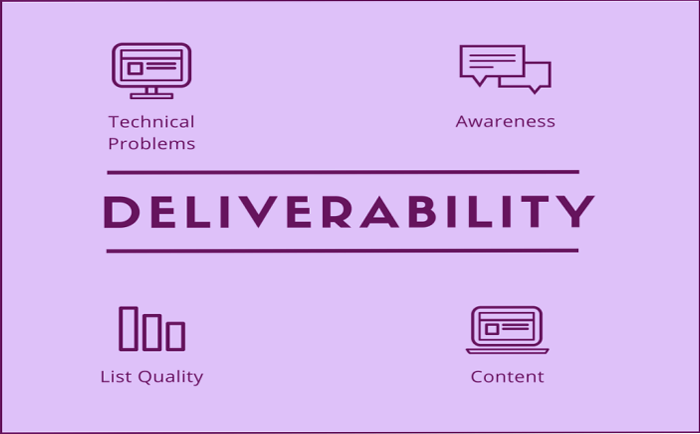
Design
What Constitutes an Effective Email Design?
Your email style should guide the reader through the process of determining what they should look at first and where they may go from there. They ought to be able to skim the email quickly if it is organized in a logical hierarchy and has large headlines and graphics that draw the recipient’s attention. The layout may be used to split up space and assist in the creation of pieces of information.
Creative interesting layouts each time you plan a new brand campaign can seem tedious in the long run. To eliminate the above, getting email software with extensive email templates can be a good start.
What are the Most Important Points to Include in an Email Design Checklist?
- The purpose of the email and the expected response
- Records promoting your email must be attached to your email.
- A precise subject line that contains the entire message
- Perform a spam check on the content and make any necessary changes.
What are Landing Pages?
Email marketing is a valuable tool in and of itself; but, the usage of landing pages may help to put you in a more advantageous position. Customer connection pages are the pages that you create on your website that clients may link to it from your email.
Landing pages are a more detailed representation of your email campaign, complete with additional information, more graphics, and even a payment option, to entice recipients to purchase what you’re selling to them.
What is the Purpose of Landing Pages?
A landing page is a comprehensive page that has several links to other pages. It is responsible for the tasks listed below.
- It will offer extra clarity in addition to the email copy you received.
- It will include information about your items.
- It will provide your recipients with a list of suggestions.
- It will draw the attention of recipients to your website.
- It will direct the campaign’s visitors to the landing page in question.
- It will evaluate the effectiveness of a marketing effort.
General
What is the Average Click-Through Rate (CTR) for B2b And B2c Emails?
Emails sent to consumers are far more likely to be opened than emails sent to businesses, with a 19.7 percent open rate compared to 15.1 percent for B2B emails. Whatever the case, business-to-business emails outperform their consumer counterparts in terms of commitment, with an efficient clicking rate of 3.2 percent compared to 2.1 percent for B2C emails.
What are the Advantages and Limitations of Email Marketing?
Following are some of the benefits of email marketing:
1. A large number of people use emails.
2. Internet consumers check their email on a consistent basis.
3. The return on investment created by email marketing may be enormous if it is planned and executed properly.
4. Because it is the most widely used and widely known internet service, the vast majority of people are familiar with it.
Following are some of the limitations of email marketing:
1. Filtering results in a significant proportion of emails being returned as undeliverable.
2. Spamming in emails may result in legal action being taken against internet marketers who are involved.
3. It is essential to plan ahead of time since even the smallest of circumstances might result in an email being declared undelivered or blocked away.
Which Practices Are Best For Email Subject Lines?
It is critical to have an impact on someone in the 3-4 seconds that they have to decide whether or not to read your email message. It begs to be proven incorrect when it comes to title best practices, particularly when attempting to look at altered businesses and themes. Whatever the case, there are certain general best practices for headings that you can follow and be confident in.
Fifty characters are generally considered to be reasonable and safe key recommendations to follow. However, folks have experienced tremendous success with headlines that are more than 70 characters long and less than 49 characters long, so don’t be afraid to experiment. Making inquiries, keeping track of numbered records, and personalizing are all techniques that work exceptionally well in title development.
With these interview questions, you’ll be able to smartly recruit some excellent candidates who can get your company’s email marketing campaigns to take off! Choose well!
Share





